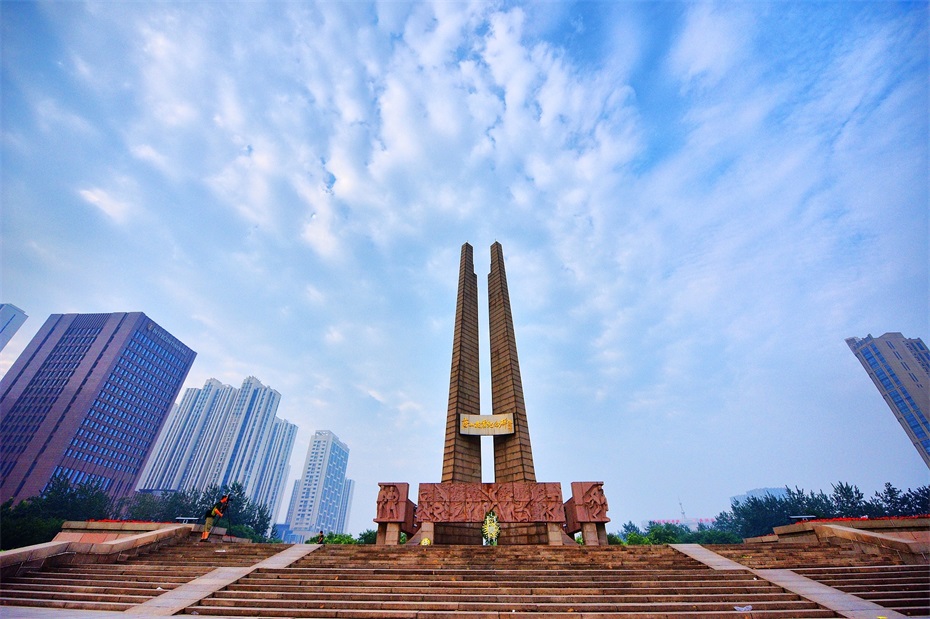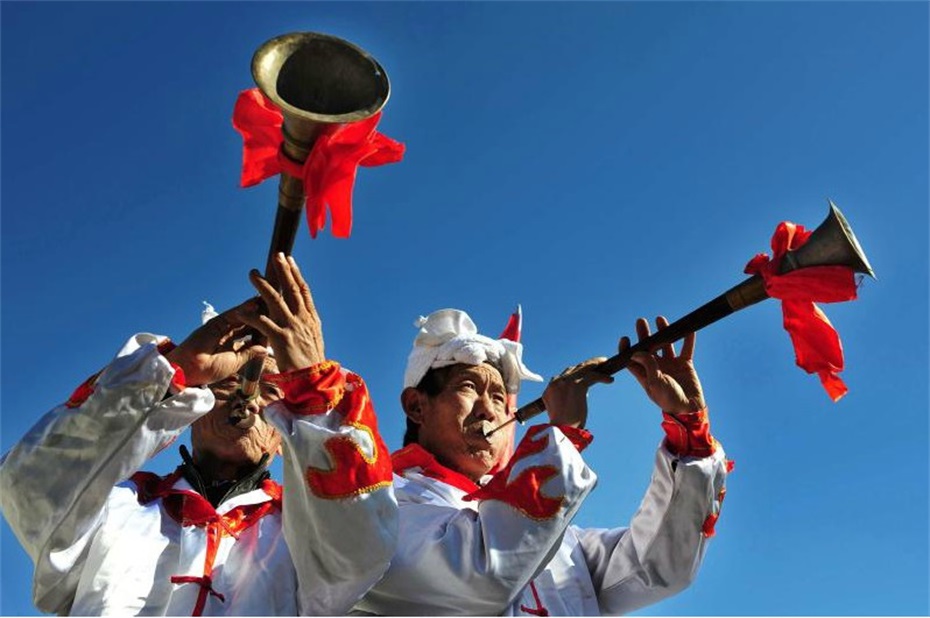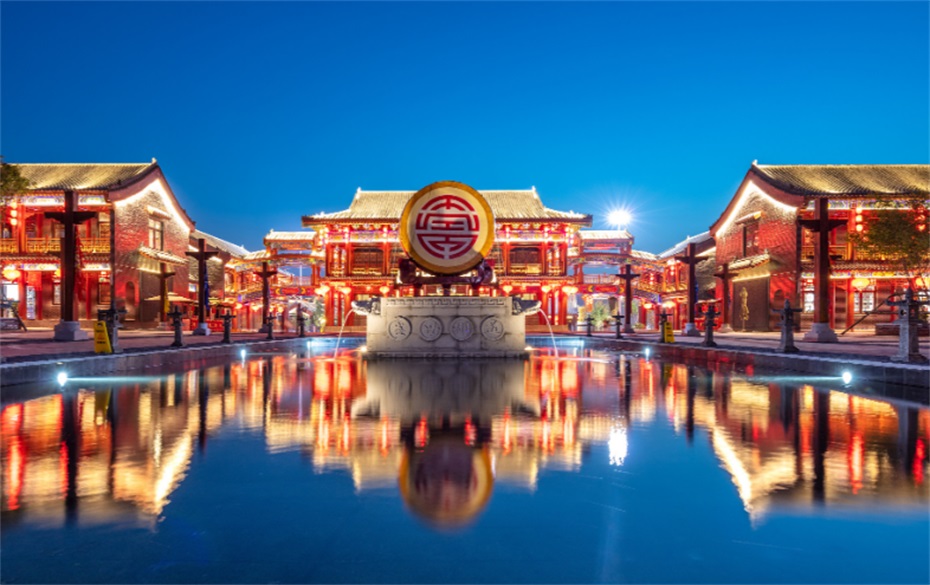Tangshan City
Overview of Tangshan City

Tangshan City is a prefecture level city under the jurisdiction of Hebei Province, located in the central area of Bohai Bay, with a total area of 13500 square kilometers. It governs 7 districts, 4 counties, and 3 county-level cities, with a permanent population of 7.697 million people (2022 data). In 2022, the regional GDP reached 890.07 billion yuan, ranking first in Hebei Province. It is an important industrial base in northern China and a central city in the Bohai Rim region.
Administrative divisions:
Central urban area: Lubei District, Lunan District, Kaiping District, Guye District
Coastal New Area: Caofeidian District, Fengnan District, Fengrun District
County level cities: Zunhua City, Qian'an City, Luanzhou City
Counties: Yutian County, Qianxi County, Luannan County, Leting County
2¡¢ Geographical features
1. Location advantage
Located at 38 ¡ã 55 ¡ä -40 ¡ã 28 ¡ä N latitude and 117 ¡ã 31 ¡ä -119 ¡ã 19 ¡ä E longitude
To the east is Qinhuangdao, to the west is Tianjin, to the south is Bohai Sea, and to the north is Chengde
150 kilometers away from Beijing, it can be reached in 40 minutes by high-speed rail
Core area of Bohai Rim Economic Circle
2. Terrain and landforms
The northern part is the Yanshan Mountains (accounting for 35% of the area)
The central region is a plain
The south is coastal mudflat
Highest Peak: Eight Faced Peak at Qingshan Pass (842 meters above sea level)
Main rivers: Luan River, Douhe River
3. Climate characteristics
Warm temperate semi humid monsoon climate
Annual average temperature 11.4 ¡æ
Annual precipitation 636 millimeters
Clear four seasons and distinct oceanic climate characteristics
3¡¢ Historical evolution
1. Organizational history
During the Shang and Zhou dynasties: territory of Guzhu Kingdom
Qing Dynasty: under the jurisdiction of Yongping Prefecture in Zhili
1878: Kaiping Mining Bureau was established, marking the rise of modern industry
1938: Formally established as a city
1976: Encountered a 7.8 magnitude earthquake
1980s: Rebuilding the New World
2. Development milestones
The first mechanized coal mining mine in China
The first standard gauge railway in China
China's first steam locomotive
The birthplace of China's first bag of cement
4¡¢ Cultural characteristics
1. Cultural traits
Industrial Culture: The Cradle of Modern Chinese Industry
Seismic Culture: The Spirit of Phoenix Rebirth from Nirvana
Regional Culture: An Important Component of Jidong Culture
Marine Culture: Characteristics of Coastal Cities
2. Intangible Cultural Heritage

Folk Art: Leting Drum, Tangshan Flower Blowing
Traditional skills: ceramic making, honey and sesame candy craftsmanship
Folk activities: Luanzhou Yangko, Yutian clay sculpture
5¡¢ Tourist destinations
1. Industrial tourism
Kailuan National Mining Park
China Railway Source Museum
Qixin 1889 Cultural and Creative Industry Park
Tangshan Industrial Museum
2. Earthquake Sites
Tangshan Earthquake Site Memorial Park
Earthquake Museum
Earthquake Memorial Square
3. Natural and cultural heritage

Nanhu Ecotourism Area: Venue for the World Horticultural Expo
Luanzhou Ancient City: Northern Water Town
Yuetuo Island: Pearl of Bohai Bay
4. Red tourism
Home of Li Dazhao
Panjiayu Tragedy Memorial Hall
Xifengkou Great Wall Anti Japanese War Site
6¡¢ Featured cuisine
1. Traditional delicacies

Chess Shaobing (Baked cake in griddle)
Wanli Xiang Roasted Chicken
Qianxi Chestnut Banquet
2. Featured snacks
simliy
